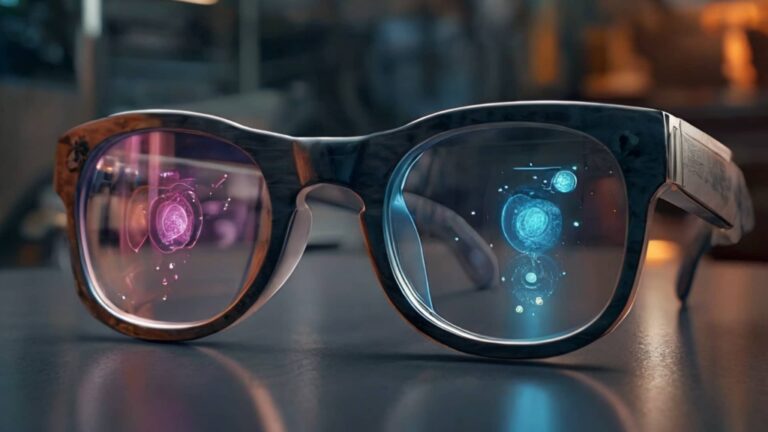
As we approach a new year, it’s time for our annual ritual of synthesizing the lessons from the past twelve months and formulating the outlook for the next twelve. 2025 was an incremental year for spatial computing, which continues a gradual uphill ascent toward mainstream traction.
2025 highlights include XR’s ongoing convergence with AI, inflections in non-dispay AI glasses, the rise of video display glasses (a la VITURE), and the unveiling of Meta’s long-awaited Ray-Ban Display glasses. Meanwhile, road map signals emerged from players ranging from Snap to Apple.
All these approaches – video passthrough AR, optical seethrough AR, and non-display smartglasses – represent a divergence and diversification of form factors. That’s a good thing, as XR should include several formats that are purpose-built and use-case-driven – a key trend in 2025.
With that backdrop, what will 2026 look like in spatial computing? Aligned with the more extensive predictions of our research arm, ARtillery Intelligence, we’ve devised 5 predictions for 2026. We’ll break them down here weekly, starting with #1: AI’s Bubble Bursts… But the Value to XR Lasts.
Prediction 1: AI’s Bubble Bursts… But the Value to XR Lasts
Prediction 2: Your Face is the Next AI Battleground
Prediction 3: 2026 Sets the Table for 2027 Inflection
Prediction 4: Android XR Unlocks Spatial Scale
Prediction 5: Video Display Glasses Pull Ahead
Meeting the Moment: Snap Unlocks its Imagine Lens
Overvalued & Oversubscribed
There are several signs that we’re in an AI bubble. That’s not to say that AI doesn’t have value or transformative potential — it has all those things. It merely holds that the technology is currently overvalued and oversubscribed relative to its demand and applicability in today’s market.
In other words, the amount of investment in the sector – and the sheer number of startups and tech giants building AI tools – exceeds the technology’s current demand and real-world applicability. That all results in a saturated market that’s primed for a correction. Another word for that is shakeout.
But this doesn’t mean that AI will die. It will just be set back and corrected to its point of equilibrium. And importantly, that point of equilibrium will be a moving target. It will grow from there, albeit at a more sober pace. This is similar to the aftermath of the early 2020s dot-com boom & bust cycle.
As many will remember, that cycle didn’t kill online media and eCommerce… it just slowed them down. In fact, all the high-flying projections of the preceding dot-com bubble weren’t wrong. They just took 3-5 more years to be met and exceeded with the explosion of search, social, and eCommerce.
We’ll see a similar pattern of retraction and growth in AI in the next few years, starting in 2026. But despite that outcome, AI’s value to XR will sustain. It will be a force multiplier, including all the ways it elevates XR. In short, that includes AI’s capacity to be the brains of XR, while XR is the face of AI.
The longer answer is that AI makes XR ambient and intelligent. It can unlock its promise as an all-day visual (or audible) assistant that augments the world in situationally-relevant and contextually-aware ways. The advancement of this principle won’t be halted nor diminished by AI’s retraction.
Looking Back on 2025 Predictions: How’d We Do?
Concrete Prediction
Boiling it all down to a concrete prediction for 2026, the question of whether or not we’re in an AI bubble will be answered in 2026 when that bubble begins to burst. This will lead to a market shakeout that incites the demise of hundreds of funded startups that fail to secure subsequent investment.
These flameouts will be more pronounced than in past tech corrections, due to the faster burn rates of AI companies – a function of AI’s OpEx needs. The first companies to perish will be ”AI wrappers” that have little proprietary value, differentiation, or barriers to competition. Easy come, easy go.
We’ll pause there and circle back next week with another 2025 prediction. Meanwhile, to calibrate our aptitude in projecting forward, see our recent article evaluating last year’s predictions.





